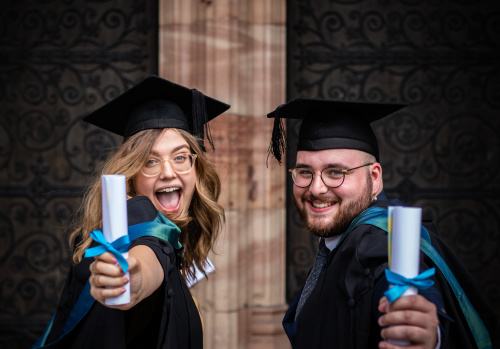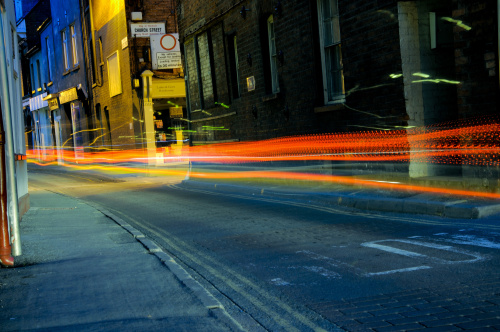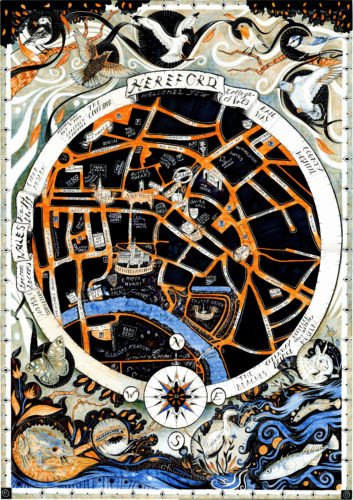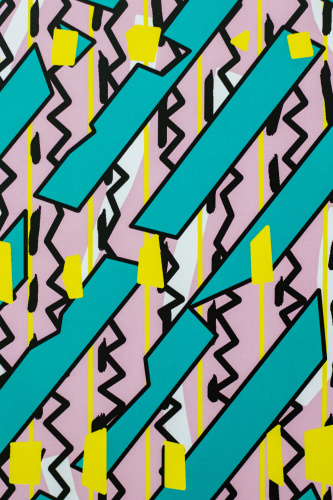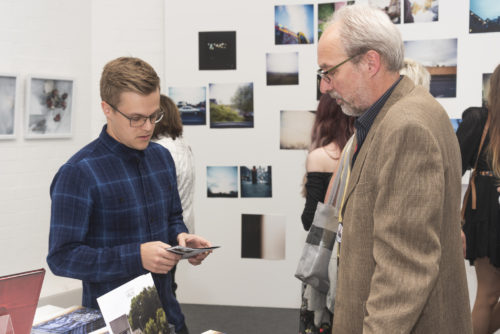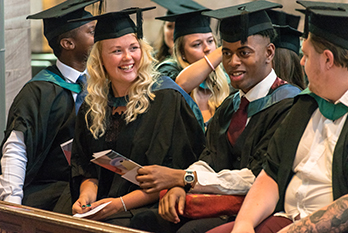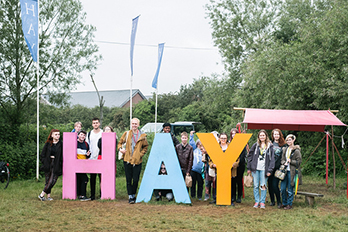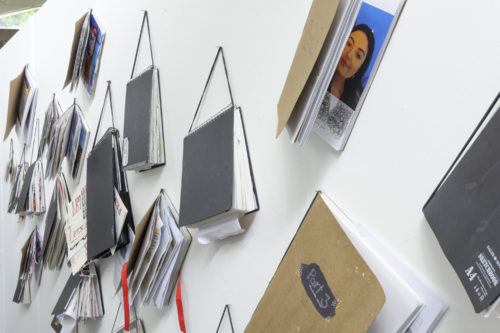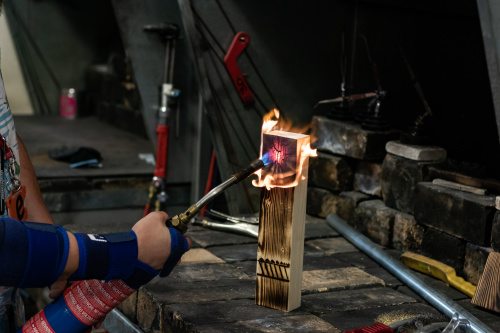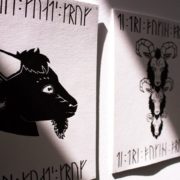Creative Lunch: Reading Walter Benjamin
Published on 05.06.17
Huge thanks to colleague Sebastian Truskolaski, who led a session this lunchtime around an extract from Walter Benjamin’s work, ‘Berlin Childhood around 1900’. The passage we considered together was that on ‘Colors’. If you’re interested in reading this, you can download the extract using the link at the bottom of the page. Sebastian is
Categories
Huge thanks to colleague Sebastian Truskolaski, who led a session this lunchtime around an extract from Walter Benjamin’s work, ‘Berlin Childhood around 1900’. The passage we considered together was that on ‘Colors’. If you’re interested in reading this, you can download the extract using the link at the bottom of the page.
Sebastian is expert in this area, having translated Benjamin’s work and spent many years studying his writings and philosophies. The rest of us, if not new to some of Benjamin’s writing, had not come across this particular piece, and Sebastian’s ability to place the work for us in terms of biographical, philosophical, literary and historical context was both interesting and useful.
This is, perhaps, a nicely dynamic form of scholarly practice, as Sebastian certainly used his scholarship to draw out particular points from the discussion and share with us further information and critical writings about the passage.
Our discussion touched on many aspects of this fascinating piece of writing; from the quasi-mystical sense of the vocabulary and particular associations, to questions around transience and the changing registers of the language used.
Sebastian led the discussion initially around the twin themes beloved of Benjamin – memory and experience, but our conversation took many different directions as we explored the piece, through ideas of how Benjamin reclaims the mundane as something mystical, mimetic rationality, the permeability of hierarchies as expressed through the child’s vision and the capacity of memory to be fluid; to embrace dissolution as part of an incomplete conversation with our remembered experience of objects.
We also considered the synaesthetic images in the piece and their roles in this transitional piece of writing, and discussed class as embodied in the objects remembered by the child, the past as an inconclusive way to find meanings in our futures and the idea of experiences which are always transient – always in translation.
The particular nature and style of the piece was also part of our group reading – this was not academic text, nor a long text, but certainly a vehicle for philosophical ideas to be formed and put forward – a distinctive and fascinating choice of text.


